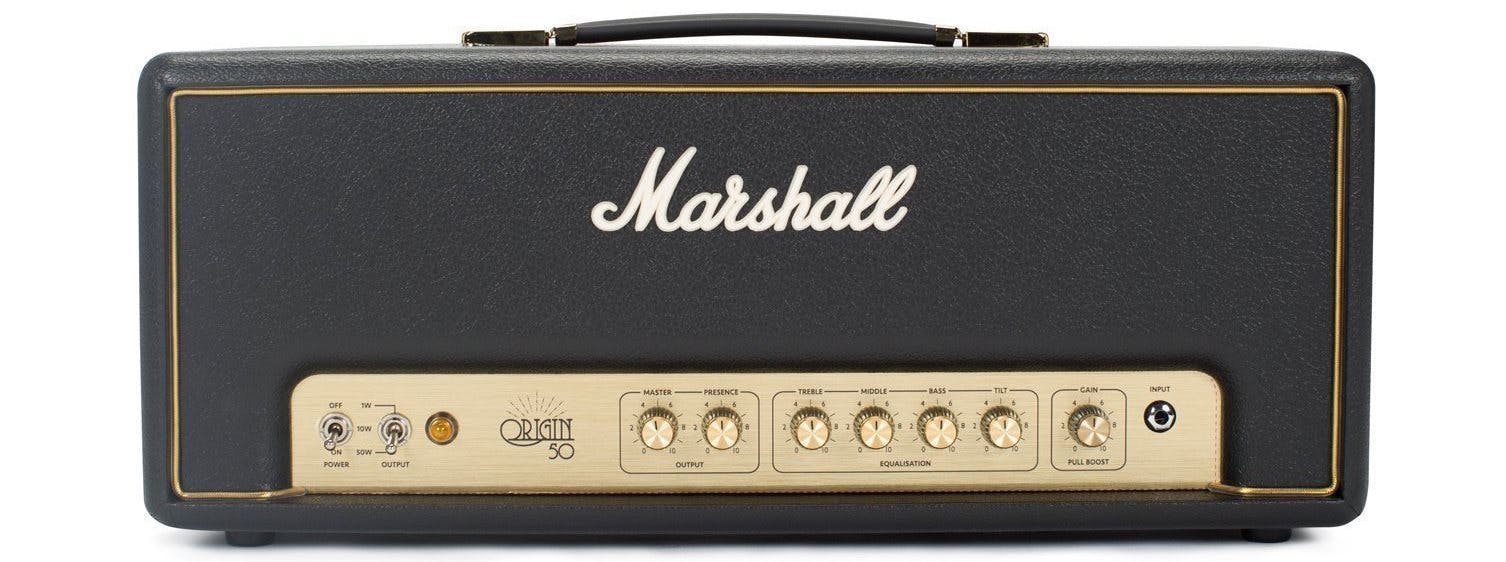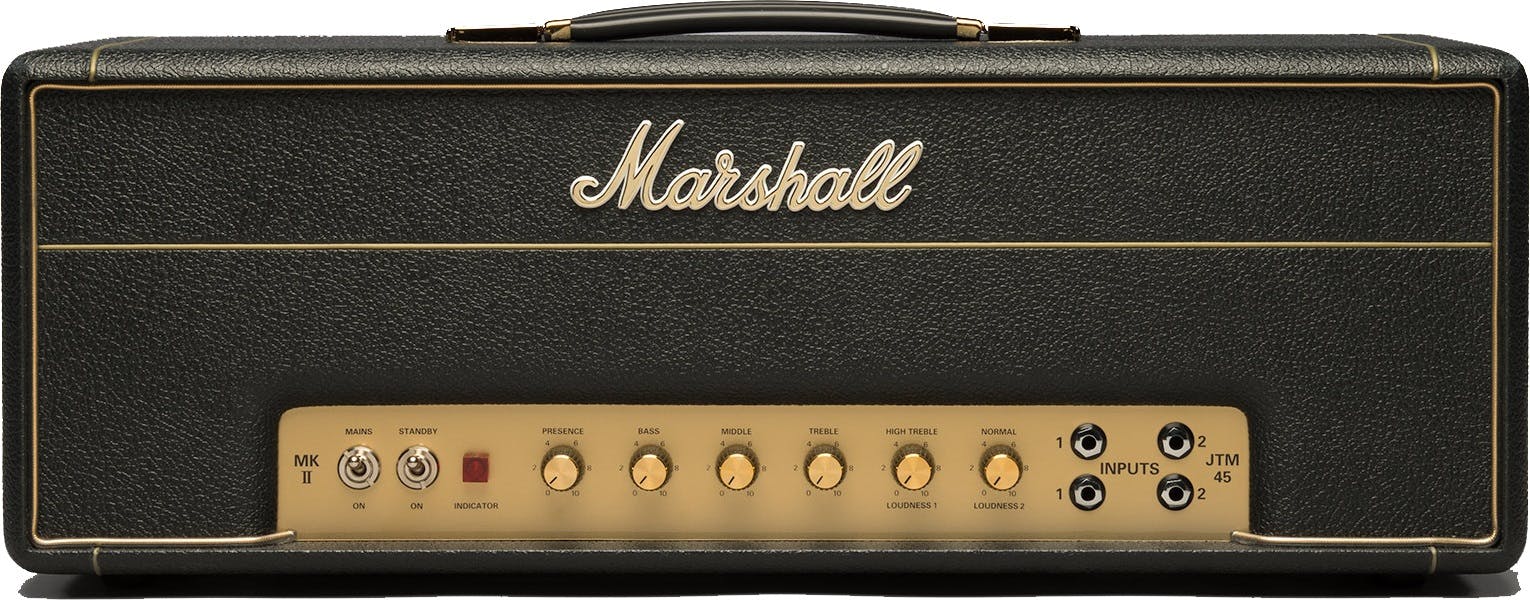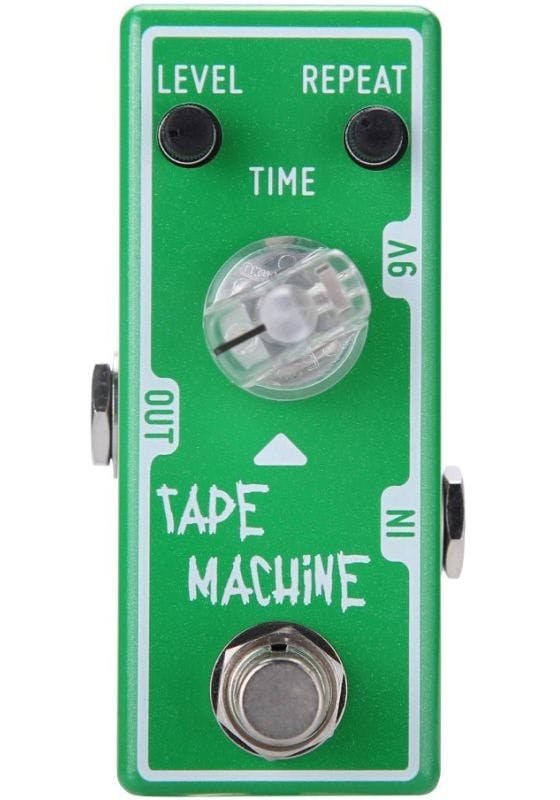Sound Like Jimmy Page (Led Zeppelin)
There’s no doubt that Jimmy Page has influenced pretty much every rock guitarist that’s ever laid their hands on an axe. His riffs, licks, tone and feel are second to none and surprisingly difficult to replicate but we take a look at some of his tonal secrets so that you too can get those holy grail tones.
Where do we even start when talking about Jimmy Page? He’s regarded as one of the best guitar players ever, right up there with Jimi Hendrix. A lot of this is because of his approach to composition and songwriting but he also has an unmistakable guitar style and with that, iconic guitar tone.
Now, I’m not going to pretend that once you have the tone nailed, you’ll have the sound nailed. Jimmy Page has a very unique approach to phrasing, vibrato and string bending that is difficult to replicate. With a little luck, you can take some of his tonal secrets and apply it to the way you play and come up with your own approach – unique to you.
However, there are some tips and tricks to get that classic rock sound that Page had. But it’s worth remembering that much of how Page sounded as a guitarist was down to how the band sounded as a whole and in isolation, you might find the tones surprisingly different to what you thought. For example, he doesn’t use as much bass from his amps as you’d expect – he leaves that with John Paul Jones, the Zeppelin bass player. Instead, he opts for a more mid-range focused guitar sound to cut through the mix and provide those riffs with a ‘stinging’ quality.
Guitars – That Les Paul Tone
It’s worth saying off the bat that Page actually played a Fender Telecaster in the early days of Led Zeppelin and this was because he played a Tele in his former band – The Yardbirds. He is, however much better known for his signature tones with a Gibson Les Paul and a Marshall stack.

Page used a blonde 1959 Tele known as the Dragon on early Zep recordings as well as on the famous Stairway To Heaven guitar solo. However, he’s most well-known for wielding a 59 Gibson Les Paul Standard that he bought from Eagles guitarist, Joe Walsh.
It’s the fat stinging humbuckers combined with the backing of a powerful band that give Zeppelin their hefty riff-based songs. Page used the platform provided by drummer, John Bonham and bass player, John Paul Jones to write some seriously rhythmic and swanky riffs with loads of attitude.
To get the sound, you’ll want an Epiphone or Gibson Les Paul with PAF style pickups. Not too hot, but with enough output to drive the front-end of an amplifier. You won’t want vintage pickups as they’ll sound too muddy and you don’t want modern pickups because they’ll be too clear. The perfect blend of the 2 will give you his fat, but clear guitar tone.
Amps – A wall of Marshall
A vintage-voiced Marshall will immediately get you in the ballpark. There’s no denying that mid-range focused Marshall sound belongs in the rock n’ roll hall of fame. If you wanted to go the whole hog then you could simply get a vintage Marshall and plug it into a 4×12 Cab and turn up the volume. However, not everyone is lucky enough to have the space to do this.
So, you can opt for a smaller amp with a similar voicing. The Marshall Origin range will definitely get you in the ballpark. These amps are based on Marshall amps from the 60s and 70s like the famous Plexi and will give you those nostalgic tones the minute you plug in.
The trick to getting a Page-esquie guitar tone is to use the volume on your amp rather than the gain knob. The gain is what will make it sound quite muddy, but by using the volume instead, you can push the speakers to break up and dial in the gain to taste. You only really want the gain going over the edge so that you can still hear the notes form your guitar.
As far as EQ goes, a trick I learnt for classic rock tones is to turn the EQ up full on your amp (literally bass 10, mids 10 and treble 10) and let your guitar and fingers do the work! This definitely works for Angus Young (AC/DC) style tones but will also get you those Jimmy Page tone with a little bit of tweaking. Crank the EQ and dial back to taste.
Guitar Pedals
The Tone Bender
In his standard guitar setup, Page used few guitar pedals. He was known to experiment throughout his illustrious Zeppelin career and you’ll hear Phaser, Tape Delay and Fuzz aplenty. The important pedals to nail his sound are definitely the fuzz and the tape delay and once you’ve got those with a Les Paul and Marshall-style amp, you’re set!
The Tone Bender Fuzz
The Tone Bender is a fuzz pedal made very famous in the 60s and 70s thanks to users like Jimi Hendrix, Jimmy Page, Jeff Beck and more. In the modern era, we’ve got tones of clones that do a very similar thing making your life easy when it comes to getting that Jimmy Page tone. The Fuzz pedal world is teaming with clones of famous fuzz pedals. With loads of different circuits and options but both Catalinbread and Union Tube & Transistor make great Tone Bender copies that’ll get you the famous clear and airy Tone Bender fuzz tone.
The Tone Bender Fuzz is there to add a bit of hair and dirt to your already dirty signal, whilst compressing the guitar sound a bit and give you that crushed, sweet humbucking tone. Essentially, you want a fuzz that isn’t too fuzzy (what an oxymoron!) and crank the volume of the pedal to hit the front end of the amp harder.

Tape Delay
Real Tape Delay is the name of the game here. Tape warbles in a way that digital won’t do naturally and has a warmth that even analogue delays struggle to compete with. They’ve also got a built-in preamp which adds another layer of character that you can’t quite put your finger on but would miss it if it wasn’t there.
Try to get a real Tape Delay (Like the T Rex Replicator) so that you can tweak until your heart’s content or have a look at options from Tone City (The cheap Tape Machine) and the incredible Strymon El Capistan (probably my favourite on this list).
Once you’ve got a Tape Delay, the possibilities are endless and you can create quick slapback for Rock n Roll style sounds or longer, sweeping delays to add girth to your Stairway To Heaven solo.
Jimmy Page is a guitar hero of the highest order, and whilst his feel for the guitar might be unattainable, his tone isn’t. Even though you might argue that tone is in the fingers anyway – which it is. But we can only do our best to get close and hopefully, you’re able to take these tips for Jimmy Page guitar tones and turn them into something else.









Responses & Questions